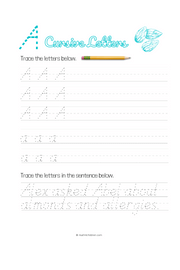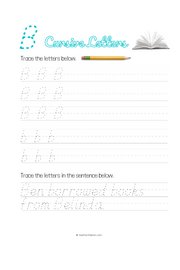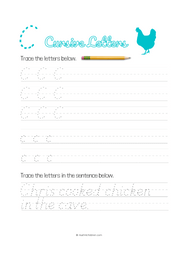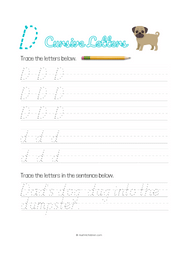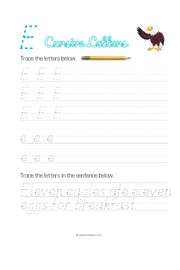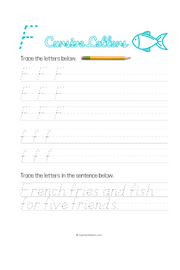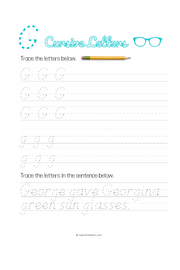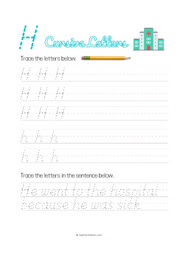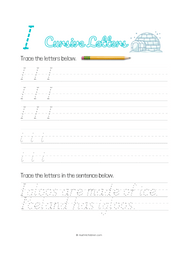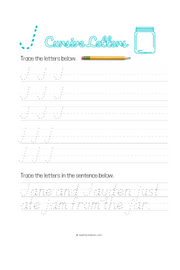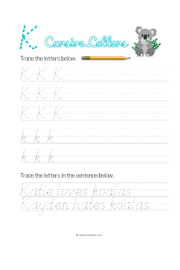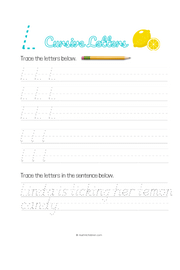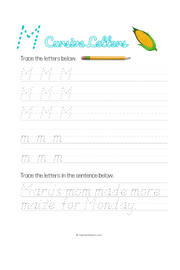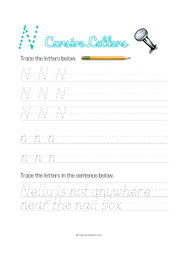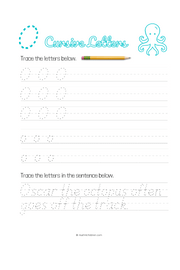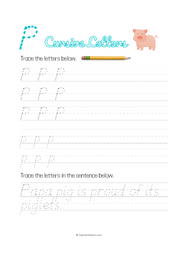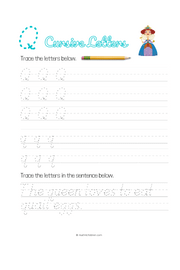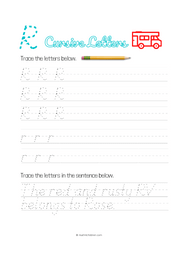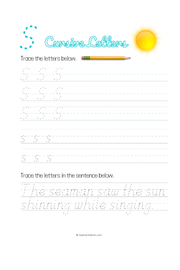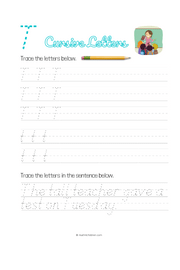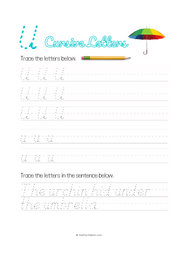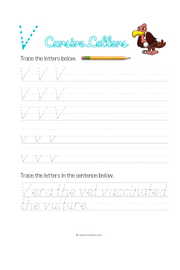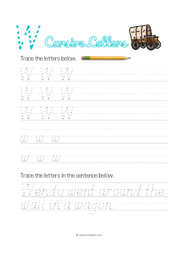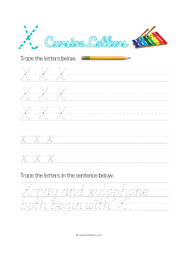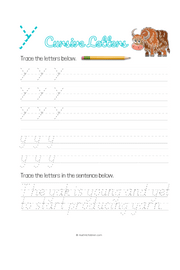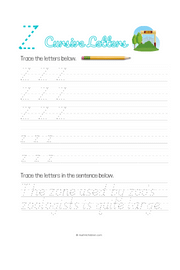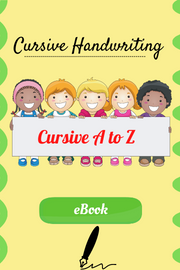How do I teach my 6 year old cursive?
Cursive writing is a style of penmanship in which the letters are joined together in a flowing manner. It's a useful skill for children to learn as it can help with their handwriting speed and legibility.
For 6-year-olds, it's a good idea to start with basic letter formation and spacing before moving on to connecting letters. Here are some steps you can follow to help your child learn cursive writing:
-
Introduce the letters one at a time: Start with the letter "a" and show your child how to form the letter in cursive. Repeat this process with each letter of the alphabet.
-
Practice, practice, practice: Have your child practice writing each letter on their own multiple times. Encourage them to pay attention to the flow of the lines and the formation of each letter.
-
Connect letters: Once your child has a good grasp of letter formation, start connecting letters together. Start with simple combinations like "lo" and "th" before moving on to more complex words.
-
Use worksheets: There are many worksheets available online that can help your child practice their cursive writing.
-
Encourage creativity: Once your child has learned the basics of cursive writing, encourage them to use it in creative ways. Have them write stories, letters to friends and family, or even create drawings using cursive writing.
Remember to be patient and encouraging as your child learns. With time and practice, they will become more confident and proficient in their cursive writing.
Cursive writing worksheets A - Z
Teaching your child how to write in cursive is a big milestone in their education. Cursive writing is not only a skill that can last a lifetime, but it also helps with fine motor skills and cognitive development. However, teaching a 6-year-old child how to write in cursive can be a daunting task for parents. To help you get started, this comprehensive guide will cover everything you need to know about teaching your child cursive writing.
Starting with the Basics: Understanding Cursive Writing
To teach your child how to write in cursive, it's important to start with the basics. Cursive writing is a style of handwriting that joins letters together in a flowing manner. It's a more efficient way of writing and can be faster and easier than printing. However, it can also be more challenging to learn. To help your child get started, it's important to understand the basics of cursive writing.
Parts of a Cursive Letter
When teaching your child cursive writing, it's important to understand the parts of a cursive letter. A cursive letter has three parts: the starting point, the curved stroke, and the finishing stroke. Understanding these parts will help your child identify the different parts of a letter and how to write them correctly.
Types of Cursive Writing
There are different types of cursive writing, including traditional cursive and modern cursive. Traditional cursive is a more formal style of writing, while modern cursive is a more simplified version. When teaching your child cursive writing, it's important to choose a style that works best for them.
Step by Step Guide: Teaching Your 6 Year Old Cursive Writing
Now that you have a basic understanding of cursive writing, it's time to start teaching your child. Here's a step-by-step guide to help you get started:
-
Start with the Basics: Teach your child how to write each letter individually, starting with the uppercase letters. Use tracing exercises to help them practice the starting point, curved stroke, and finishing stroke of each letter.
-
Practice Writing Words: Once your child has learned how to write each letter, start practicing writing simple words in cursive. Use tracing exercises to help them practice the correct formation of each word.
-
Connect the Letters: Once your child is comfortable writing words, start connecting the letters together to form sentences. Use tracing exercises to help them practice connecting the letters.
-
Encourage Writing Practice: Encourage your child to write in cursive every day, even if it's just a few sentences. This will help them develop the muscle memory needed for cursive writing.
-
Reinforce Good Habits: As your child continues to practice writing in cursive, reinforce good habits, such as sitting with good posture and holding the pen correctly.
Common Questions About Teaching Your 6 Year Old Cursive
- Is it too early to start teaching my child cursive writing?
No, it's not too early to start teaching your child cursive writing. In fact, starting early can help your child develop good habits and make learning easier.
- What materials do I need to teach my child cursive writing?
You will need a pen or pencil, paper, and tracing exercises or worksheets to help your child practice.

